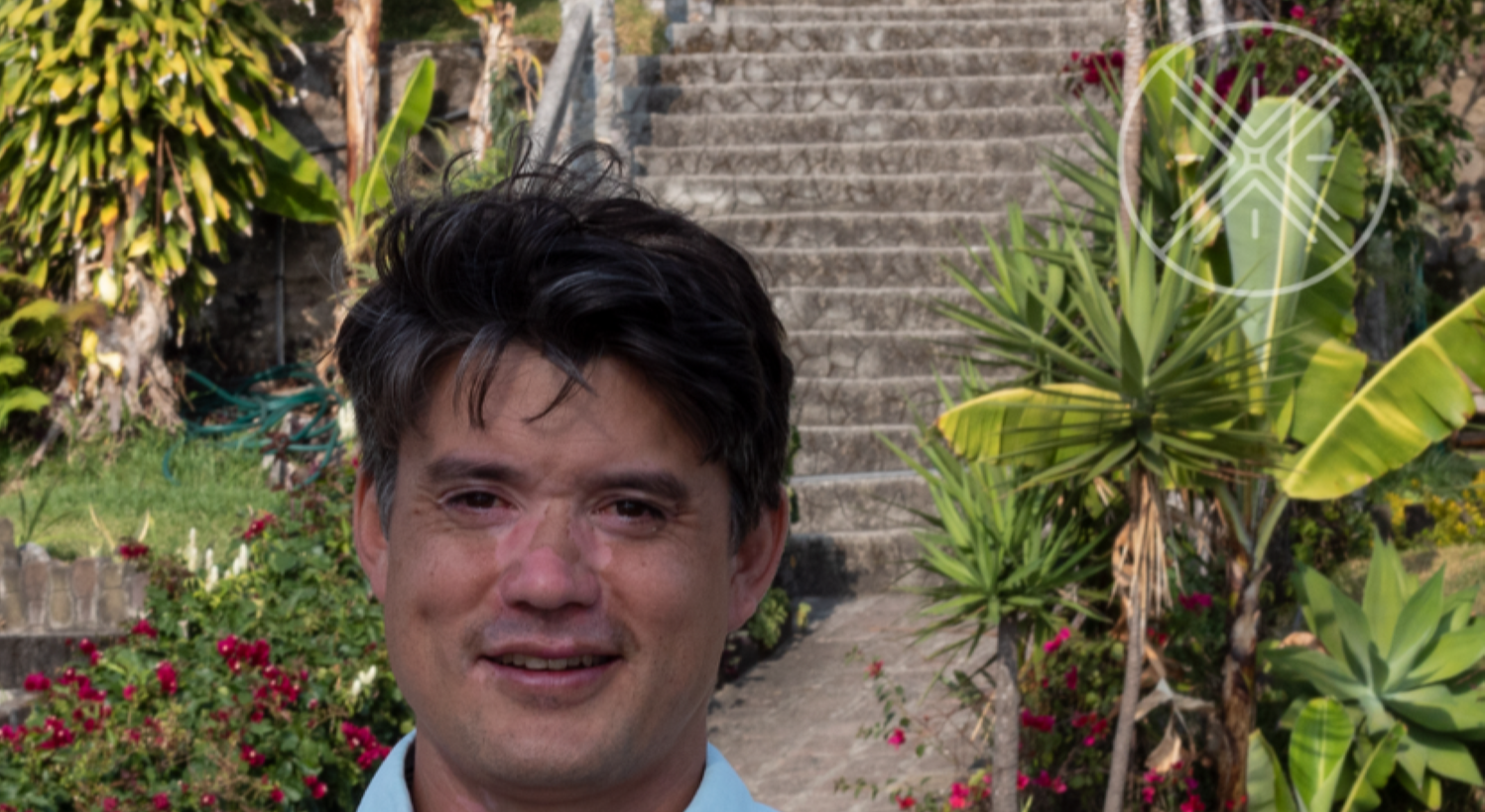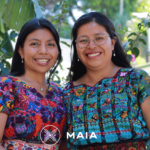
We are the solution; we are not the problem
MAIA is an organization that seeks to generate systemic change by empowering Indigenous women and youth in Guatemala. We emphasize our commitment to empowering women and girls through a unique

Appropriate that my first blog in MAIA relates to my Director MAIA
Appropriate that my first blog in MAIA relates to my departure. This communication will hopefully help you understand the intricacies of MAIA’s most recent leadership transition.
— Travis Ning, Executive Director MAIA
Let’s start with this guiding premise that I have been hearing my whole professional life: “Our job is to work ourselves out of a job…” This cliché permeates the nonprofit sector, especially in the international sphere, where the leadership of activities & programs in the Global South is traditionally based in the Global North. The spirit of the comment is visible: people with more access to privilege and opportunity do have a responsibility to facilitate sustained access for others.
But the intent of the cliché is not always followed up by meaningful action. Too often, this statement becomes a permanent aspiration rather than an actual goal with a plan.
How international nonprofit organizations are often structured makes transitioning to local leadership difficult (or even impossible). The words “not” and “yet” are painfully familiar to many of our world’s marginalized populations. Why is this so hard? I outline some reasons below (MAIA knows them because we have wrestled with each one).
For starters, the leadership of organizations is usually based in the US: This makes strategic sense because it allows for proximity to donors, board members, and a talent pool of educated individuals who can plug into leadership roles. However, this also often creates an impossible barrier for local talent to assume key executive leadership positions.
And then there is the fundraising: Closeness to the donor is not just geographic. Cultural proximity and the importance of creating the essential click with donors create hurdles for people from other contexts. Good fundraisers work hard to create this rapport and use existing donors to widen support networks. For many organizations, messing with this dynamic is terrifying. It is far more convenient to operate under the “if it ain’t broke, don’t fix it” mentality. And so the status quo prevails.
Governance is easier: Forming a board of directors with similar profiles and cultures makes for uncomplicated governance. Having executive leadership that meets that same profile makes this even easier. This keeps things firmly in the comfort zone for those involved.
In 2015, MAIA started to steer directly into these more traditional structures to forge a new model. That said, the process of navigating this path amid established dynamics and structures is a long journey. We have removed some, but not all, of the longstanding barriers. Progress is steady and often uncomfortable. Fortunately, several events give us needed inspiration (kick in the pants) to move more boldly towards a new model:
The events of 2020 (the COVID-19 pandemic) triggered a profound reflection on power, privilege, and steps toward new, more inclusive models. Those of us who thought we were fighting the good fight realized we could do far more. These efforts include questioning and retooling traditional organizational structures to more closely align our actions with our aspirations.
The pandemic evidenced the unique power of local leadership to respond, in real-time, to incredibly fluid challenges. MAIA’s Sololá team demonstrated incredible agility and deftness to devise and communicate innovative solutions swiftly. In a more uncertain world, this responsiveness is an invaluable asset.
Successful fundraising using the first-person voice. Evidence shows that MAIA’s donors lean into engaging in ways that stretch and challenge them. Many have been a part of our experimentation with new ways to engage donors. Rather than speak on behalf of Indigenous women, MAIA has begun to put donors in direct contact with Indigenous development staff and Girl Pioneers.
A hallmark of healthy organizations is leadership succession.
My seat is getting uncomfortably hot. The leaders who surround me in MAIA are incredibly capable and committed. I am inspired by wise changemakers who emphasize the importance of being “proximate to the pain” of the people we aim to serve. Local leadership is the best way to ensure MAIA’s continued commitment to empathy-driven design. This change (via my exit) aligns our actions with our belief that if she can see it, she can be it.
Moving forward under new leadership, MAIA will look and feel different. That is what learning and growth feel like. MAIA’s donors and partners embrace the idea of challenging the status quo. This new phase of MAIA, led by powerful women from rural Guatemala, represents a bold new precedent for all of our stakeholders. We invite you to explore and learn within this new model that brings us all closer together in this collaborative effort to unlock her infinite impact.

MAIA is an organization that seeks to generate systemic change by empowering Indigenous women and youth in Guatemala. We emphasize our commitment to empowering women and girls through a unique

At MAIA, we are a team of committed, enthusiastic, and brave women and girls. We are determined to redefine our and families trajectory , we believe that a profound change

MAIA USA
Tax Identification Number (EIN) 68-0652444
Asociación MAIA
Tax Identification Number (NIT) 6896913-9.
Guatemala Office:
Km. 137, Caserío Xolbé,
Cantón El Tablón, Sololá, Guatemala
US Office:
1031 33rd Street, Denver, CO 80205